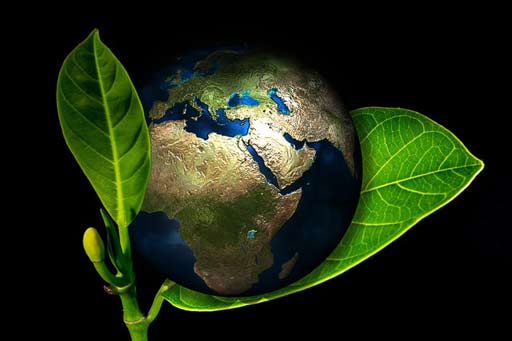India and China are leading the global greening effort, which is quite contrary to the general perception worldwide, a latest NASA study said Monday, observing that the world is a greener place than it was 20 years ago.
The NASA study based on data received and analysed from its satellite said that India and China are leading in greening on land. “China and India account for one-third of the greening but contain only 9 per cent of the planet’s land area covered in vegetation,” said lead author Chi Chen of Boston University.
“That is a surprising finding, considering the general notion of land degradation in populous countries from over exploitation,” he said.
The study published on February 11, in the journal Nature Sustainability said that recent satellite data (2000 2017) reveal a greening pattern that is strikingly prominent in China and India and overlaps with croplands world-wide.
China alone accounts for 25 per cent of the global net increase in leaf area with only 6.6 per cent of global vegetated area.
The greening in China is from forests (42 per cent) and croplands (32 per cent), but in India it is mostly from croplands (82 percent) with minor contribution from forests (4.4 per cent), the NASA study said.
China is engineering ambitious programmes to conserve and expand forests with the goal of mitigating land degradation, air pollution and climate change.
Food production in China and India has increased by over 35 per cent since 2000 mostly owing to an increase in harvested area through multiple cropping facilitated by fertiliser use and surface- and/or groundwater irrigation.
When the greening of the Earth was first observed, we thought it was due to a warmer, wetter climate and fertilization from the added carbon dioxide in the atmosphere, said Rama Nemani, a research scientist at NASA’s Ames Research Center and a co-author of the study.
This study was made possible thanks to a two-decade-long data record from the Moderate Resolution Imaging Spectroradiometer (MODIS) instruments on NASA’s Terra and Aqua satellites. Now with the MODIS data, we see that humans are also contributing, she said.
Observing that once people realise there is a problem, they tend to fix it, Nemani said in the 1970s and 80s in India and China, the situation around vegetation loss was not good.
In the 1990s, people realized it, and today things have improved. Humans are incredibly resilient. That’s what we see in the satellite data, she said.
 Dainik Nation News Portal
Dainik Nation News Portal




